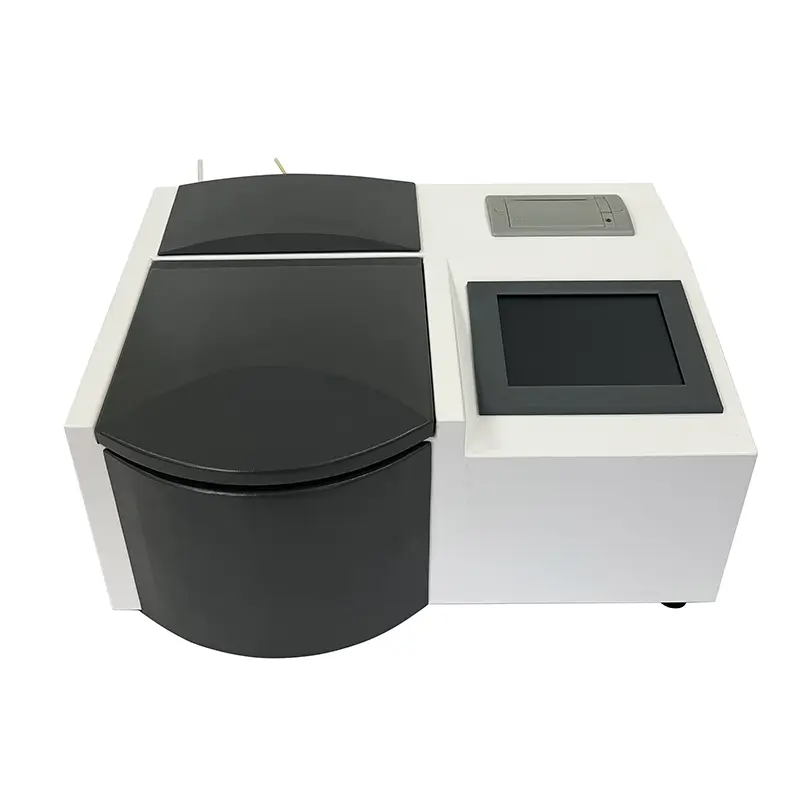The choice of solvent or reagent in acid value measurements can significantly impact the accuracy of the results. The solvent or reagent used in the analysis plays a crucial role in dissolving the sample and facilitating the reaction with the acidic components.
Here are ways in which the choice of solvent or reagent can influence the accuracy of acid value measurements:
- Solubility of the Sample:
- The solvent must effectively dissolve the sample being analyzed. Different samples may have varying solubilities, and the choice of a solvent that can dissolve the sample completely ensures accurate measurements.
- Reaction Kinetics:
- The rate of reaction between the acidic components in the sample and the reagent can be influenced by the solvent. A solvent that enhances reaction kinetics ensures a more rapid and complete reaction, leading to accurate acid value measurements.
- Selectivity for Acidic Components:
- The solvent should be selective for the acidic components of interest. It should not react with other components in the sample that could interfere with the acid value determination. Selectivity ensures that the measured acidity is attributed solely to the acidic compounds of interest.
- Compatibility with Analytical Equipment:
- The choice of solvent should be compatible with the analytical equipment used in the acid value measurement. Some solvents may have properties that affect the performance of analytical instruments, leading to inaccuracies in the results.
- Stability of Reagents:
- The stability of reagents in the chosen solvent is critical. Reagents may undergo degradation or changes in concentration over time, affecting the accuracy of acid value measurements. Stable reagents ensure consistent and reliable results.
- Interference with Indicators or Colorimetric Methods:
- If colorimetric methods or indicators are used in the acid value measurement, acid value tester the solvent should not interfere with the color changes associated with the reaction. Compatibility with colorimetric techniques is essential for accurate visual or instrumental readings.
- Vapor Pressure and Boiling Point:
- The solvent’s vapor pressure and boiling point are important considerations. A solvent with a low vapor pressure and an appropriate boiling point allows for easy removal during sample preparation or titration, contributing to the accuracy of measurements.
- Environmental Impact:
- Considerations related to the environmental impact of the solvent should also be taken into account. Environmentally friendly solvents are preferred, especially in laboratories adhering to sustainable and green practices.
- Cost and Availability:
- Practical considerations such as cost and availability of solvents may also influence the choice. It’s essential to balance the need for accuracy with practical considerations to ensure cost-effective and efficient acid value measurements.
- Industry Standards and Methods:
- Some industries or analytical methods may have specific recommendations regarding the choice of solvent or reagent for acid value measurements. Adhering to industry standards ensures consistency and comparability of results.
When conducting acid value measurements, it’s important to carefully select the solvent or reagent based on the characteristics of the sample and the specific requirements of the analytical method. Validation studies and quality control measures should be employed to verify the accuracy and reliability of the chosen solvent in the acid value determination process.
